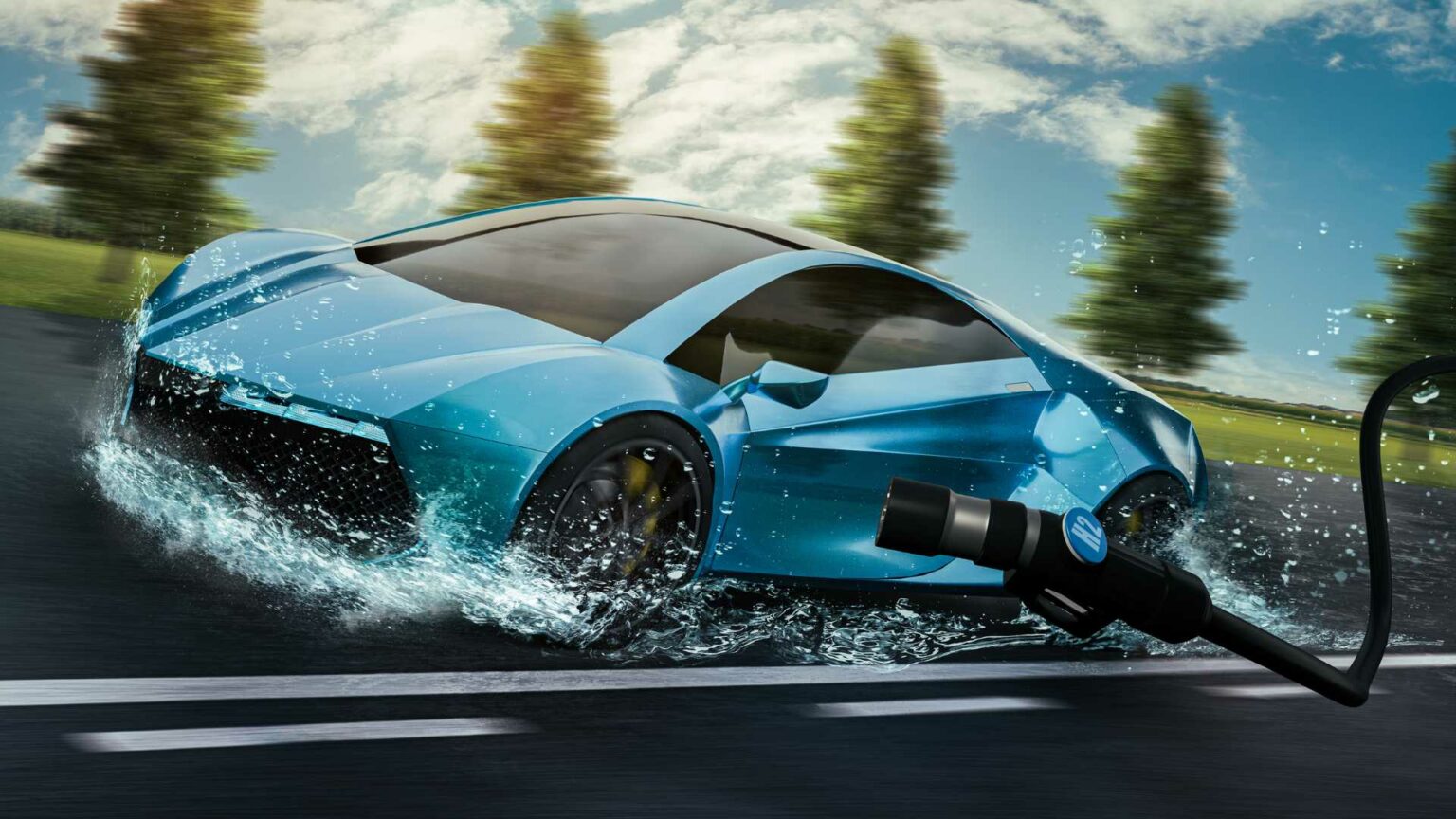In the ever-evolving realm of transportation technology, SEW Eurodrive GmbH & Co KG’s recent patent, “A Vehicle, In Particular, a Driverless Transporting Vehicle,” stands out for its innovative approach to utilizing hydrogen as a fuel source. This patent, which delves into vehicle design and operational methodology, heralds a significant development in automated transport systems.
Features
The patented vehicle integrates an energy take-up unit for absorbing electrical energy and a propulsion drive unit. What sets this vehicle apart is its inclusion of an electrolysis unit dedicated to generating hydrogen fuel and a fuel-cell unit designed to convert this hydrogen into electrical energy. This dual-function system allows the energy take-up unit to supply power to both the drive unit and the electrolysis system, creating a closed-loop energy cycle wherein hydrogen fuel is produced and then converted back into electricity to power the vehicle.
The technology boasts the following unique features:
– Energy Take-up Unit: Captures and stores electrical energy.
– Electrolysis Unit: Generates hydrogen fuel efficiently.
– Fuel-cell Unit: Converts hydrogen into electrical energy for vehicle operations.
– Drive Unit: Ensures consistent and reliable vehicle propulsion.
Potential Applications
This innovation finds immediate application in driverless transporting vehicles used across various industries, including manufacturing and logistics. Such vehicles can operate in factory floors, warehouses, and large distribution centers, offering efficiency and flexibility by reducing dependency on traditional fuel sources and minimizing human intervention.
Market Impact
The introduction of this hydrogen-powered driverless transport vehicle could disrupt the current market by:
– Reducing Carbon Footprint: Offering a cleaner alternative to fossil fuel-driven vehicles.
– Enhancing Automation: Contributing to the development of fully automated warehouses and factories.
– Lowering Operational Costs: Potentially reducing energy costs over time through the efficient use of hydrogen fuel.
Technical Specifications
The patent reveals the following technical details:
1. Energy Absorption: The energy take-up unit can absorb and store electrical energy from external sources.
2. Electrolysis Process: Electrical energy is utilized by the electrolysis unit to generate hydrogen fuel.
3. Fuel Cell Conversion: The fuel-cell unit converts Hydrogen fuel back into electrical energy.
4. Energy Distribution: The generated electrical energy is then used to power the drive unit, ensuring the vehicle’s smooth operation.





